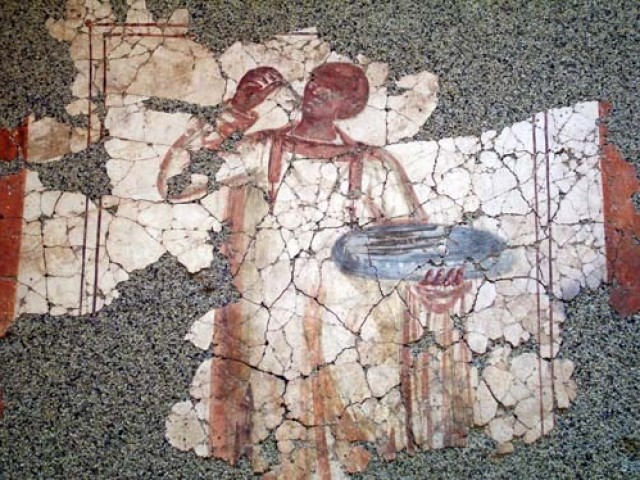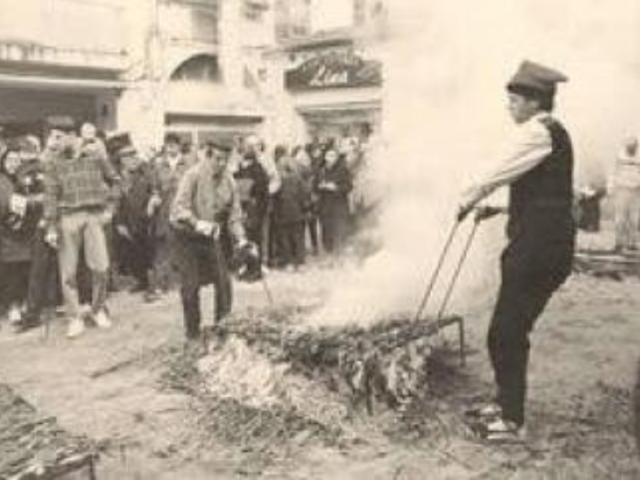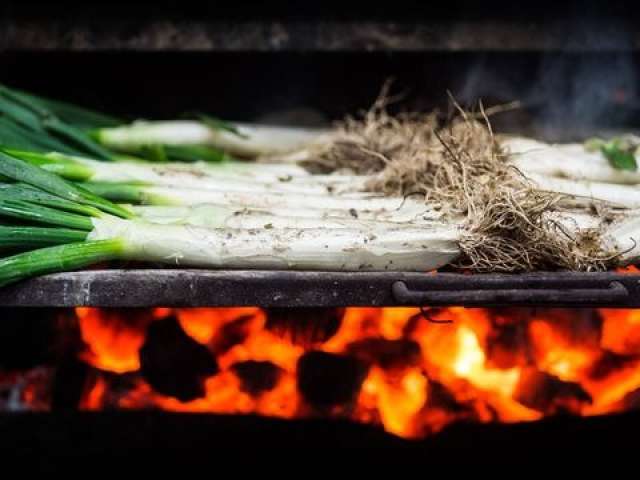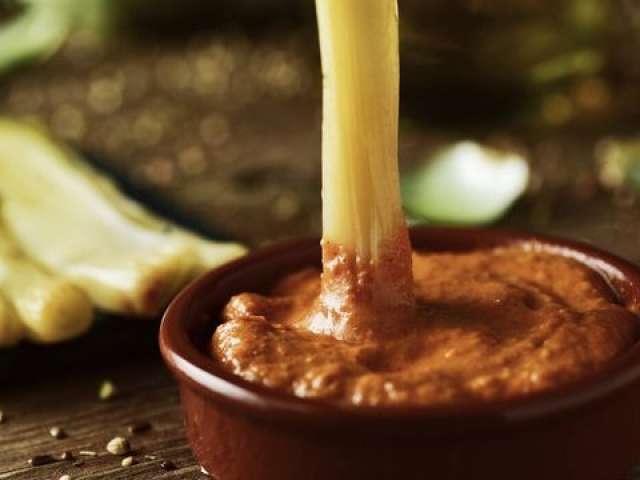It all started at the end of the 19th century in the town of Valls, when a farmer known as Chat de Benaiges decided to change his usual lunch for some curious elongated onions that had grown on his land. A farmer's mistake Although there is evidence showing that the Romans already ate calçots (in an excavation in the Hungarian city of Brigetio, during the month of August 2000, Hungarian archaeologist Lázló Borhy found a painting from the 3rd century that shows a man eating calçots). which we call porrus capitatus, or the current calçots, in the typical position in which they are enjoyed: raised hand, looking up, and introducing the calçot in the mouth), in Catalonia everything began at the end of the 19th century in the town of Valls, located in the western region of the province of Tarragona, with the help of a farmer or peasant (his exact profession is unknown) known as the Benaiges Chat, as explained by Sàpiens. According to the popular story, one day at lunch time, in order not to resort again to the usual diet of the area, based on vegetables, the man decided to eat two grilled onions that had grown on the land where he had grown white onions.
He soon realized that those were different, as if they had been stretched out of proportion, so he cut the roots and, instead of throwing them away (nothing is thrown away here), he roasted them over the flame. Once on the table, he removed the layer blackened by the fire and dressed the softer part with oil, vinegar and salt. Chat de Benaiges liked them so much that he decided to experiment with that crop until he found the procedure that we know today to obtain the wonderful calçots: you have to sow white onion seeds in the last months of the year, and pluck them once they have germinated and grown. , save it for a season and then plant it again, but this time only half buried. A delicacy that you take with your hand
And tachán, the result has a much milder taste than that of the common onion, although its name, 'calçot', comes from the fact that as it grows, the plant must be 'shod', that is, by placing soil in its base and surrounding it so that the onion has to "stretch" in search of the light. This process is repeated 2 or 3 times throughout the cultivation process, until a white part is obtained that is long enough to pull. Currently, according to the European regulations for Protected Geographical Indication (PGI), this length must be between 15 and 25 centimeters. So that's the goal when harvesting it, usually during the winter months. It was from the first third of the 20th century when calçotada became a regular delicacy for many Vallenca families during local festival days. Of course, that was so good that little by little he visited neighboring towns, and so on until he covered the entire Catalan map. Source: www.elconfidencial.com




